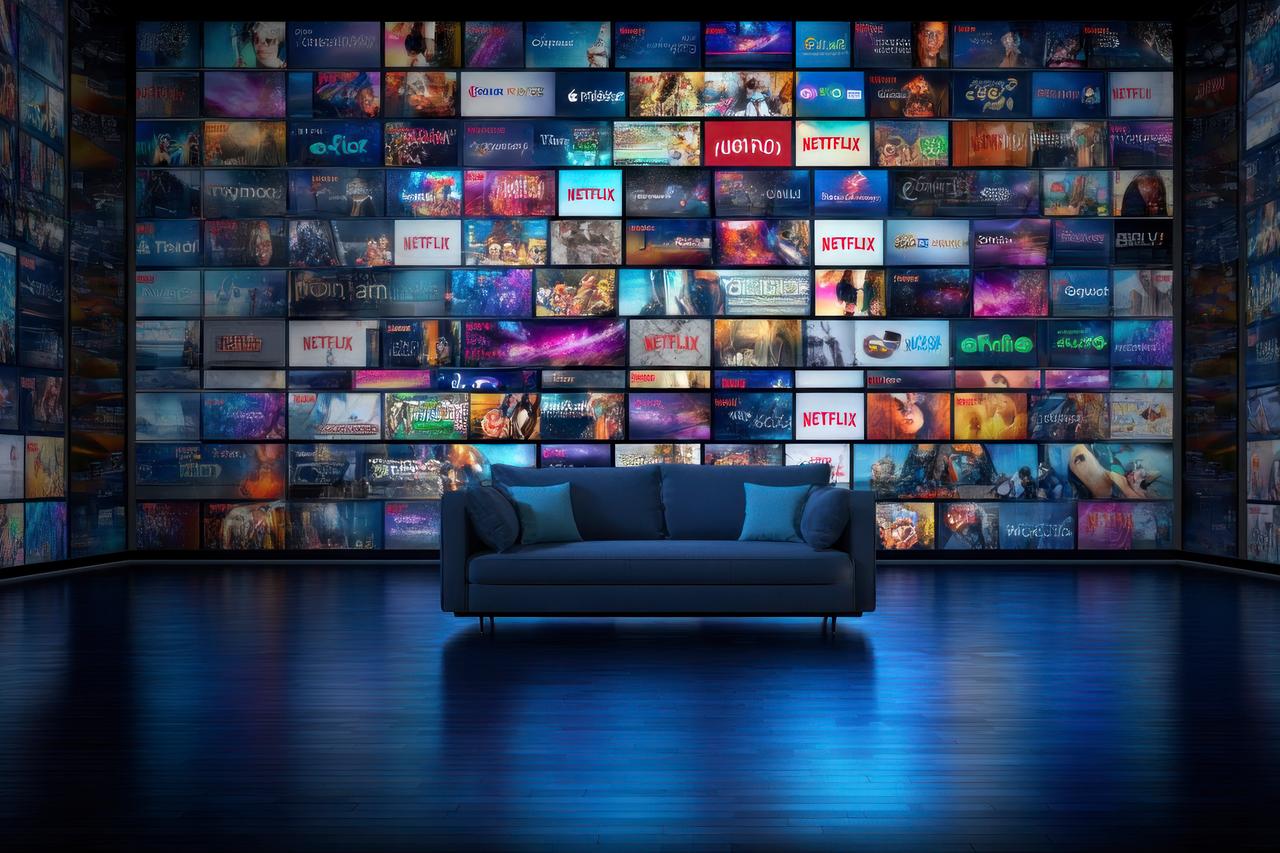
The rapid rise of is transforming how audiences consume entertainment, challenging both traditional television and cinema to adapt.
Films that once drew large opening-day crowds and television shows released weekly are now instantly accessible through services such as Netflix and Disney+. In response, Hollywood is experimenting with ways to bring audiences back, including re-releasing classic titles.
A recent Nielsen report revealed that in May, streaming accounted for 44.8% of total TV usage in the U.S., surpassing broadcast and cable combined at 44.2%.
Compared with the same period in 2021, streaming viewership rose sharply while broadcast and cable saw significant declines.
Eric Deggans, a professor at Washington and Lee University and TV critic for NPR, said streaming has broadened the scope of television content but disrupted the traditional advertising model. He explained that instead of mass-audience productions funded by advertisers, many shows now target niche viewerships, shifting more of the cost to the consumer and reducing overall revenue for TV productions.
According to Deggans, better home theater setups and quick online releases have raised the bar for cinemas. “I think what's happened is that it's raised the bar for movie theaters; they have to do more to make the experience special,” he said, noting that many films arrive on streaming just weeks after their cinema debut.
The rise of binge-watching—watching entire seasons without waiting for weekly episodes—has reshaped production trends. Big-budget dramas have largely moved to streaming, but Deggans stressed that new media rarely replace older ones entirely.
“They just force them to change. And so what we're seeing right now is that streaming is forcing traditional television to change,” he said.
Shorter and less frequent streaming production schedules have created uncertainty for industry workers, Deggans said. In the past, broadcast employees could rely on regular per-episode pay throughout a season. Now, many must take on multiple projects to maintain their income.
This instability was one of the key issues behind the 2023 strike by the Screen Actors Guild (SAG) and the American Federation of Television and Radio Artists (AFTRA).
Deggans concluded that the industry is still working out how best to respond to the changes streaming has brought: “Hollywood is still trying to figure out the best way to answer these new challenges.”